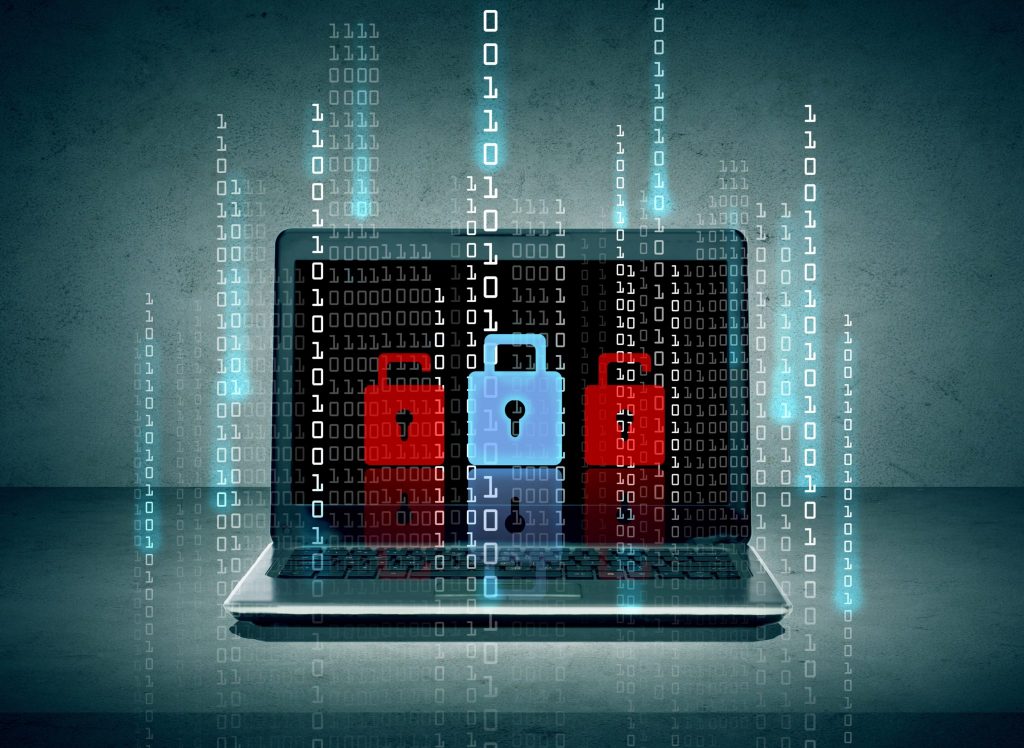The ability to encrypt data – both data in transit (using IPSec) and data stored on the disk (using the Encrypting File System) without a need for third party software is one of the biggest advantages of Windows 2000 and XP/2003 over earlier Microsoft operating systems. Unfortunately, many Windows users don’t take advantage of these new security features or, if they do use them, don’t fully understand what they do, how they work, and what the best practices are to make the most of them. In this article I'll discuss EFS: its use, its vulnerabilities, and how it can fit into your overall network security plan.

